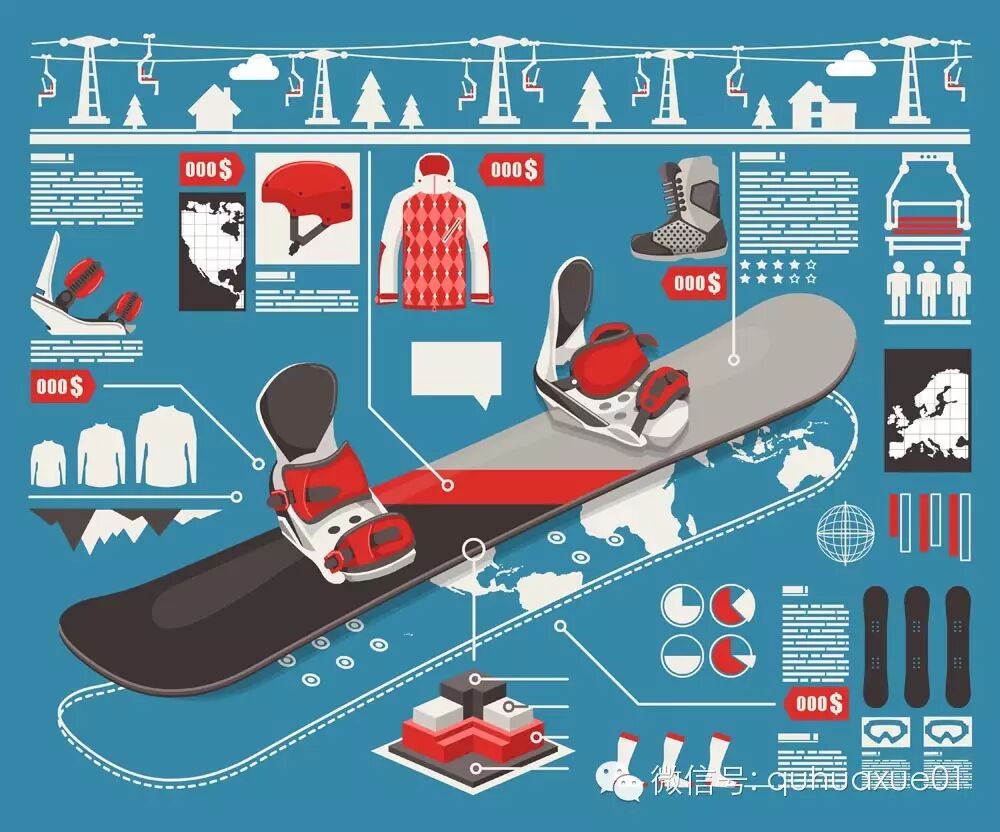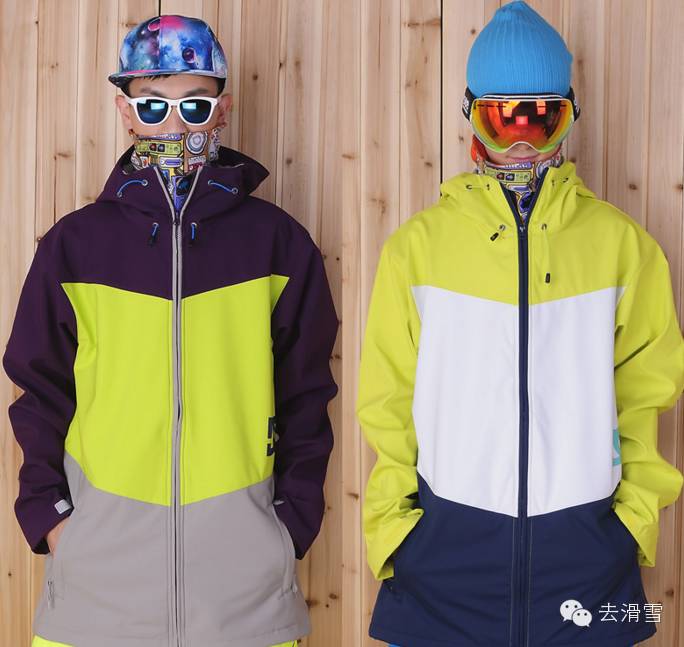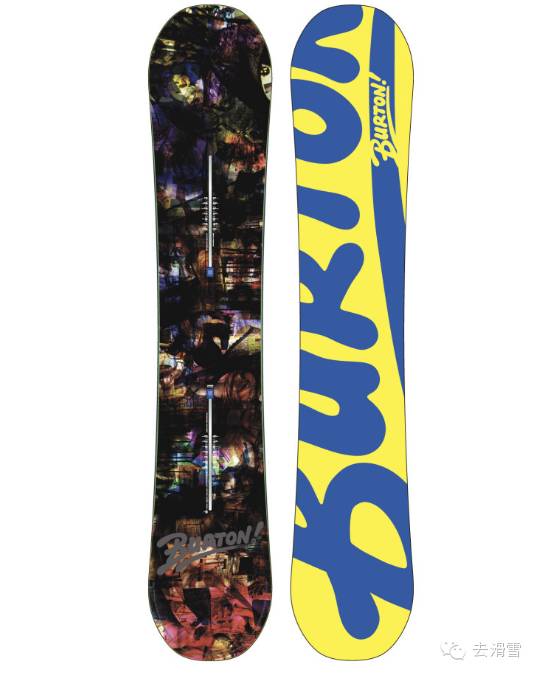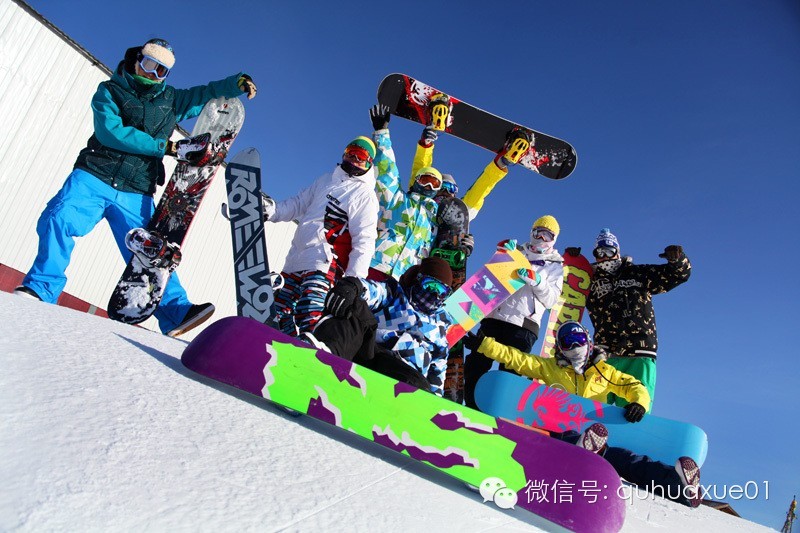[Ski Gear] Double 12 Shopping Guide: What Are the Pain Points When Buying Snowboard Equipment?
![[Ski Gear] Double 12 Shopping Guide: What Are the Pain Points When Buying Snowboard Equipment?](https://api.zsiga.xyz/mp-weixin-attachment/cover/19/400981309_1.jpg)

Many ski buddies who’ve been skiing for years say that skiing is truly a one-way street—you start, and once you’re up there, there’s no going back down. But whether skiing really holds such an irresistible allure can only be known by those who’ve tried it themselves. Earlier, I shared some insights about it with my fellow skiers…"Where to Buy Ski Equipment"And of course, the very first piece of equipment every skier should get is a helmet. But we’ve noticed that many fellow snow enthusiasts still face significant challenges—specifically, they’re unsure how to determine whether a particular helmet is the right fit for them, or where exactly to focus their purchasing decisions. So today, let’s dive into the common pain points when it comes to buying ski gear.

Ski suit
For more details on choosing the right ski clothing, you can read the article we shared earlier."How to Buy Ski Clothing"
➤ Points to note when purchasing:
☞ Breathability: As an exhilarating outdoor sport, skiing causes skiers to sweat heavily during activity. High-breathability ski wear allows moisture to evaporate quickly, helping you sweat efficiently and keeping your body dry and comfortable.
☞ Waterproofing: Opting for ski wear with a higher waterproof rating will make it less likely to get soaked, helping you stay warm.

>> Ski goggles:
On sunny days, the snow surface reflects extremely strong UV rays, which can severely damage your eyes. That’s why it’s essential to wear ski goggles for eye protection. At the same time, ski goggles also act as a barrier against the wind, preventing your eyes from drying out. Once you put on your goggles, skiers can clearly see the slopes ahead, making it easier and safer to glide down the mountain.
Here's a reminder for ski enthusiasts: Don’t wear sunglasses while skiing, as the glass material in sunglasses can pose a potential hazard—should you fall, they could easily cause injury to your eyes.
➤ Points to note when purchasing:
☞ Nose Bridge Gap: When trying on ski goggles, make sure they fit comfortably without causing any discomfort. Pay close attention to the gap between the goggles and your nose bridge—too much space can lead to fogging. That’s why it’s crucial to choose goggles that perfectly match your face size.
☞ How well the goggles fit with your hat: Some ski goggles look awesome on their own, but when paired with a hat, the hat keeps pressing down on the glasses, making them feel like they’re sliding further down. The reason could be that the hat is simply too big.

>>> Ski helmet:
I wrote a post earlier."Don't ask me what the first piece of ski gear to buy should be—hands down, it’s a helmet."I’ve specially come to introduce you to some popular helmet brands and share tips on how to choose the right one—plus, let me emphasize once again just how important helmets are!
When learning and practicing skiing, wearing a helmet is crucial—it provides excellent protection for the back of your head in case you fall backward. If you’re looking to grab a more affordable helmet from online stores during Double 12, my advice is to first try one on in person at a store. After all, if the helmet doesn’t fit properly, it won’t offer the protection you need—and could even end up being counterproductive!
➤ Points to note when purchasing:
☞ Helmet suitable for head size: When wearing the helmet, it shouldn’t feel tight or pinch your temples. Plus, it should stay securely in place even when you move your head—though a slight wiggle is okay.
☞ Helmets with shock-absorbing features: In the event of a sudden, forceful impact, a good helmet is designed to cushion the blow, while its inner shell helps protect your head from injury.

>>> Diaper Rash Cream:
When snowboarding, your hips are the most common spot to fall—second only to your head, of course. Did you find yourself waking up the day after your first skiing lesson with sore, achy hips? After all, during practice, the actions of falling and then getting back up happen more often than any others, making your hips especially vulnerable. But if you’ve invested in solid hip protection gear, it can definitely provide excellent cushioning and defense against those inevitable falls.
➤ Points to note when purchasing:
☞ Close-fitting, breathable, and skin-friendly: These flexible hip protectors not only won’t hinder your skiing movements but also provide warmth—perfect for sitting comfortably in the snow!
☞ Strong resilience: A well-designed, thick, and resilient hip protector can safeguard your hips from injury and help reduce soreness caused by lack of physical activity.
>>> Ski boots:
Skiing is a fast-paced sport—just try testing it out with ski goggles and poles! And since many of the sport’s key techniques rely heavily on your feet, footwear plays a crucial role in skiing performance. Compared to alpine boots, snowboard boots are not only more comfortable and lightweight but also offer superior fit and flexibility.
➤ Points to note when purchasing:
☞ Snowshoe fit: Simply put, it’s all about the right shoe size. When choosing ski boots, make sure they’re neither too big nor too small—just perfect for your feet. If the shoes are too small, they’ll squeeze your feet, causing discomfort you can hardly imagine. On the other hand, if they’re too large, your feet will slide around inside, which is not only uncomfortable but also extremely dangerous. To find the ideal snowshoes, always try them on first. Pay close attention to how well the shoes cradle and support your feet, as well as how comfortable they feel—only then can you determine if these boots are the right match for you.
☞ Breathability of snowshoes: Another key factor when trying on snowshoes is to assess their breathability. Many snowshoes are poorly ventilated, making them incredibly uncomfortable to wear.
The durability of snowshoes: When choosing snowshoes, always check how sturdy they are—simply give them a gentle squeeze with your hands to gauge their firmness. Only durable snowshoes can reliably protect your feet from injury.

>> Snowboard:
When choosing the right board for yourself, keep a few key points in mind—understanding these will help you master the art of buying a single-board computer.
➤ Points to note when purchasing:
☞ Length: How do you determine if the length is right for you? Stand tall, hold a board—does it reach the height of your mouth? If yes, that’s the perfect length for your board. If you’re a beginner, the board can even extend up to your nose tip; a slightly longer board will provide greater stability as you ski. However, avoid choosing a board shorter than your jawline—opt instead for one that falls somewhere between your neck and nose for optimal performance.
☞ Board weight capacity and width: When choosing a snowboard, make sure it can handle your weight range. As for width, ensure it’s just right—when you stand on the board with your shoes on, there should be no more than 1 inch of overhang at either the front or back. Anything beyond that could cause your toes or heels to touch the snow, ruining your skiing experience.
☞ Board hardness: Generally speaking, the harder the board, the more stable it is at high speeds, making it ideal for maintaining speed. On the other hand, softer boards are easier to use when performing freestyle tricks, so you should choose a specific hardness based on your preferred riding style.

Snowboarding is like life—only when you stand firm can you truly begin your skiing journey. And mastering the basics of ski equipment will make your snowboarding experience even more exhilarating. We also hope that every snowboarder can carve their own unique path through life.

[Skiing Network] Ski Club QQ Group: 171760601


